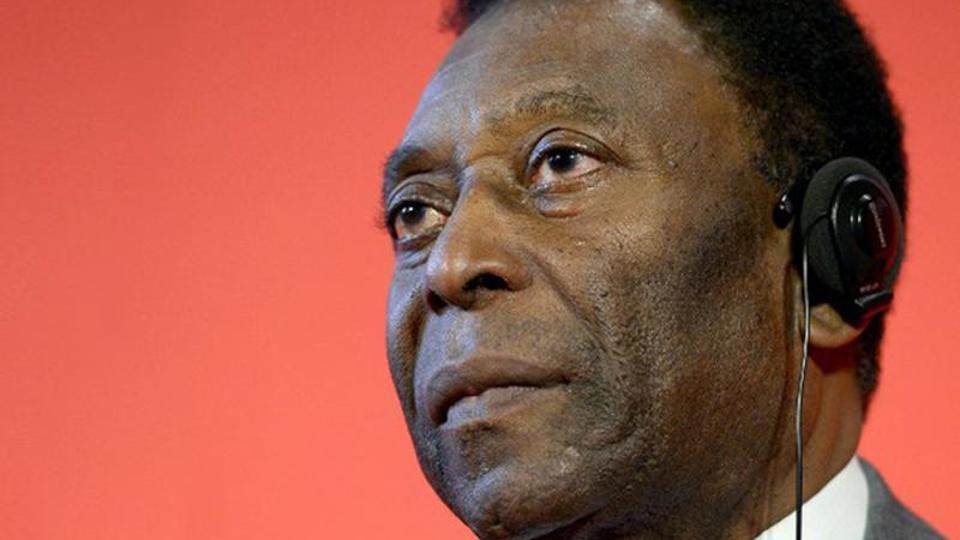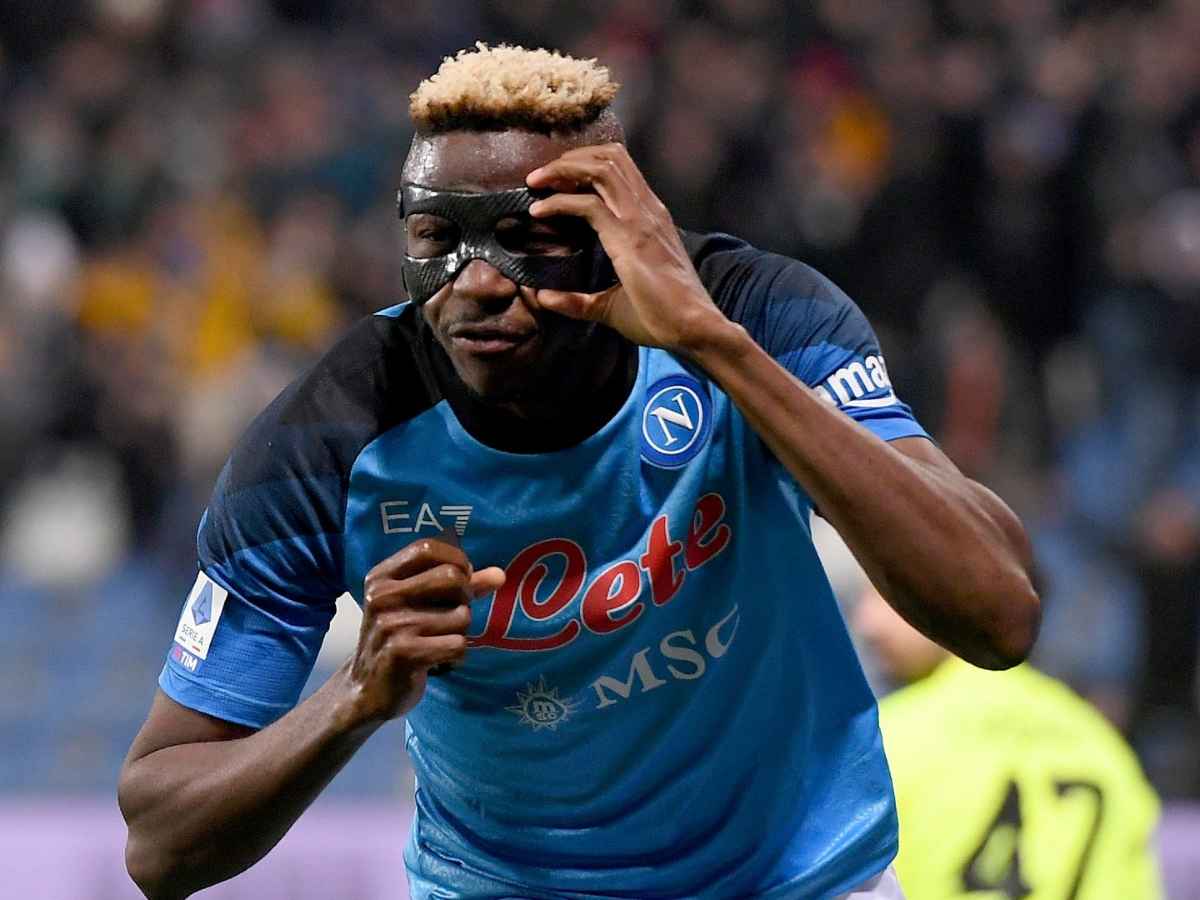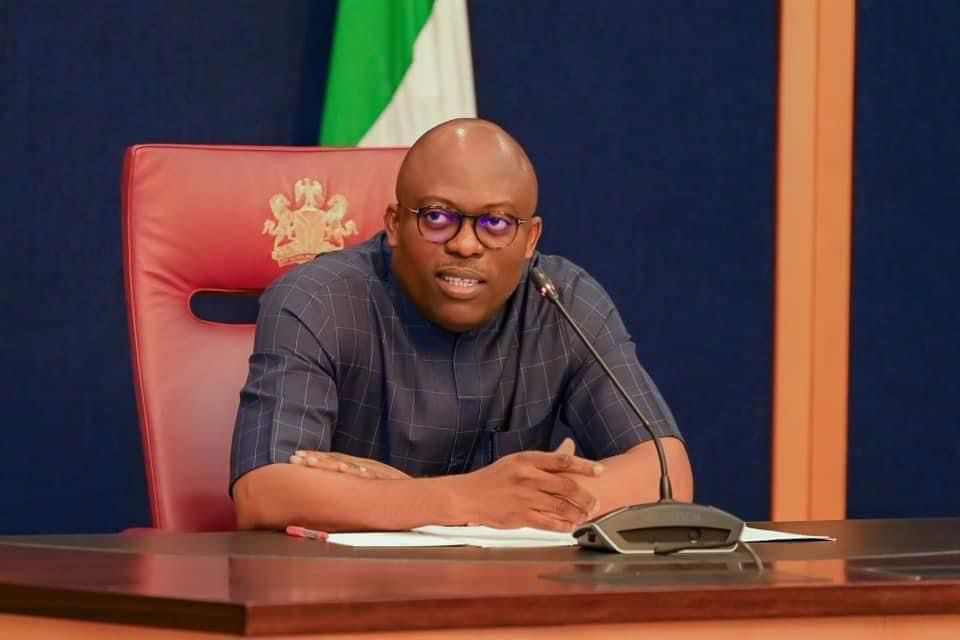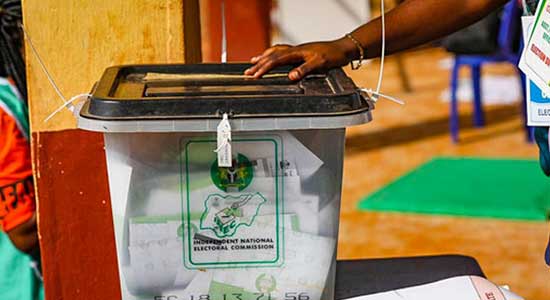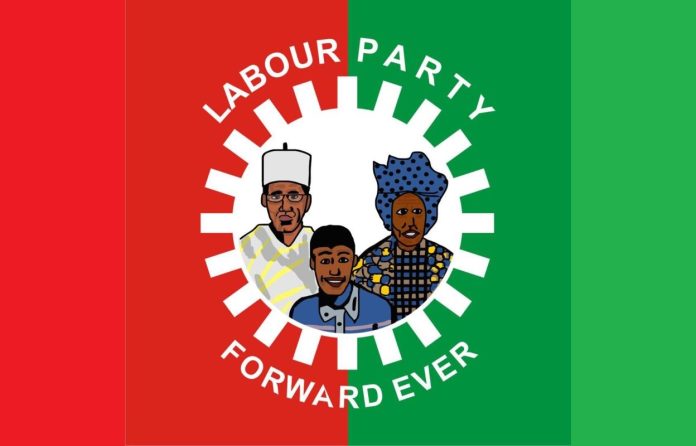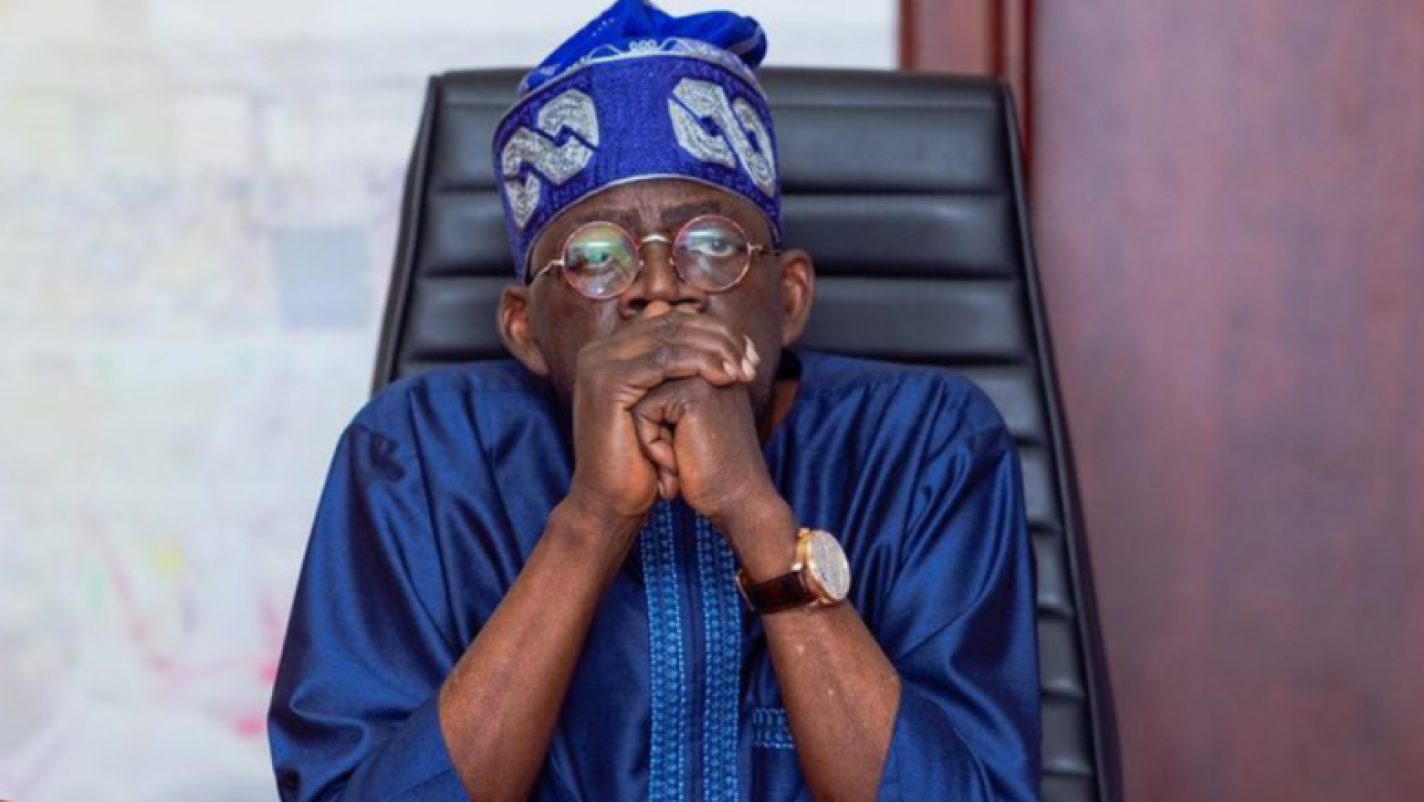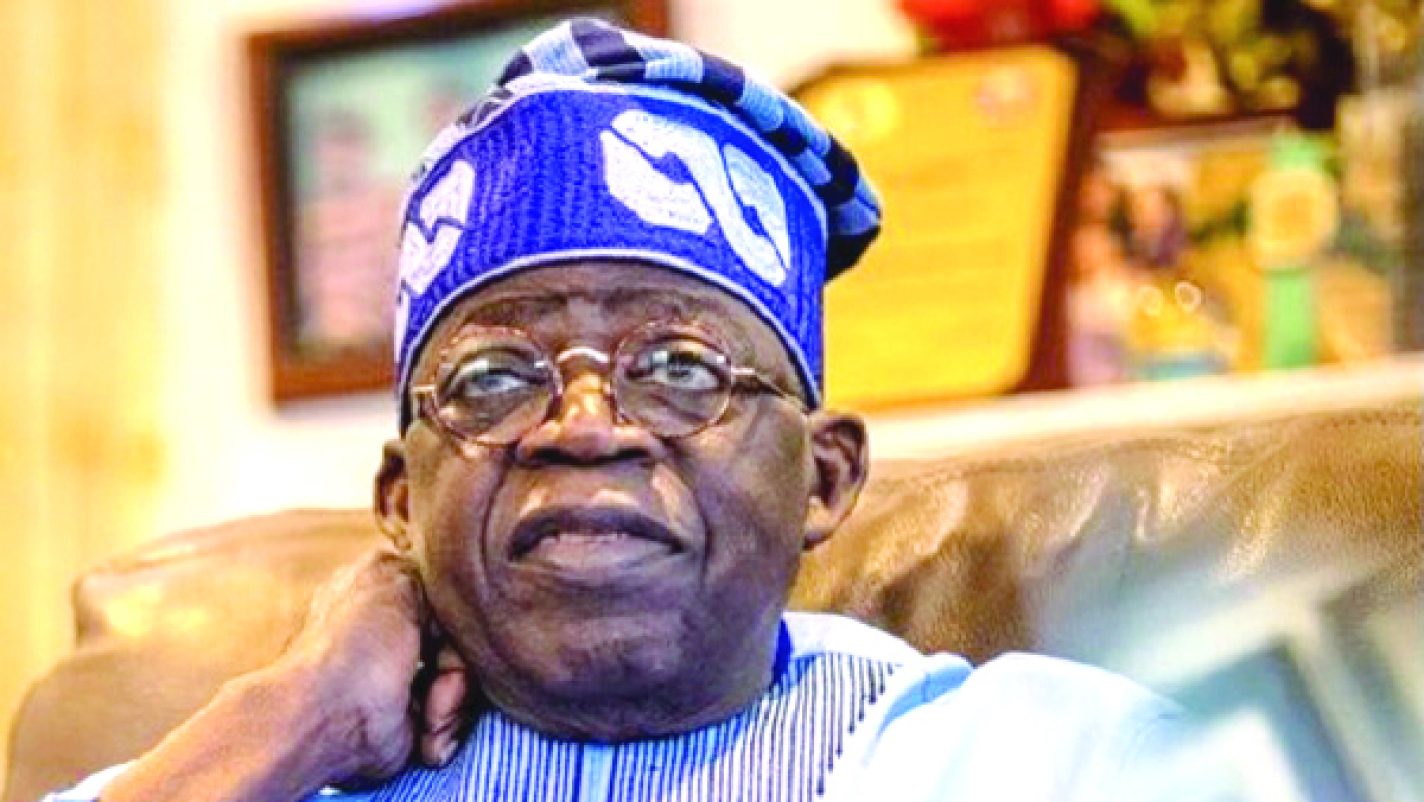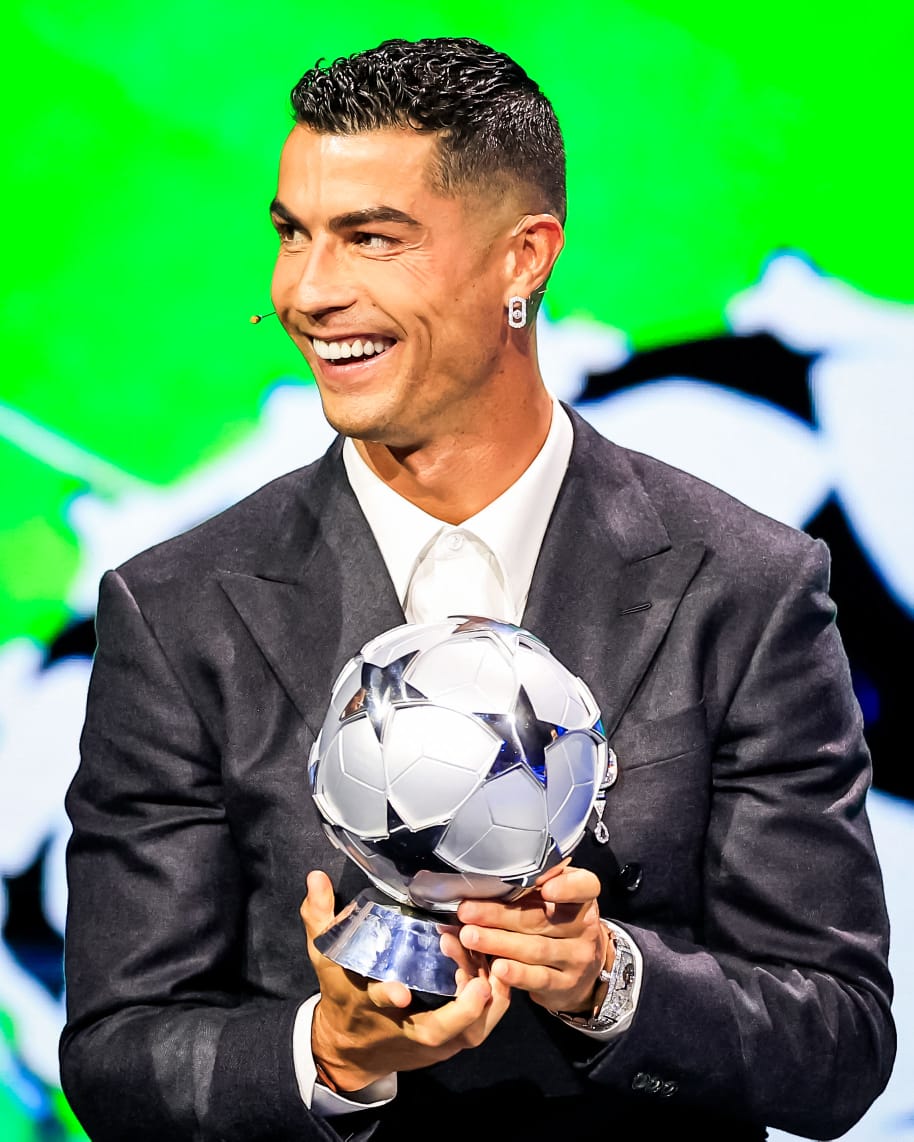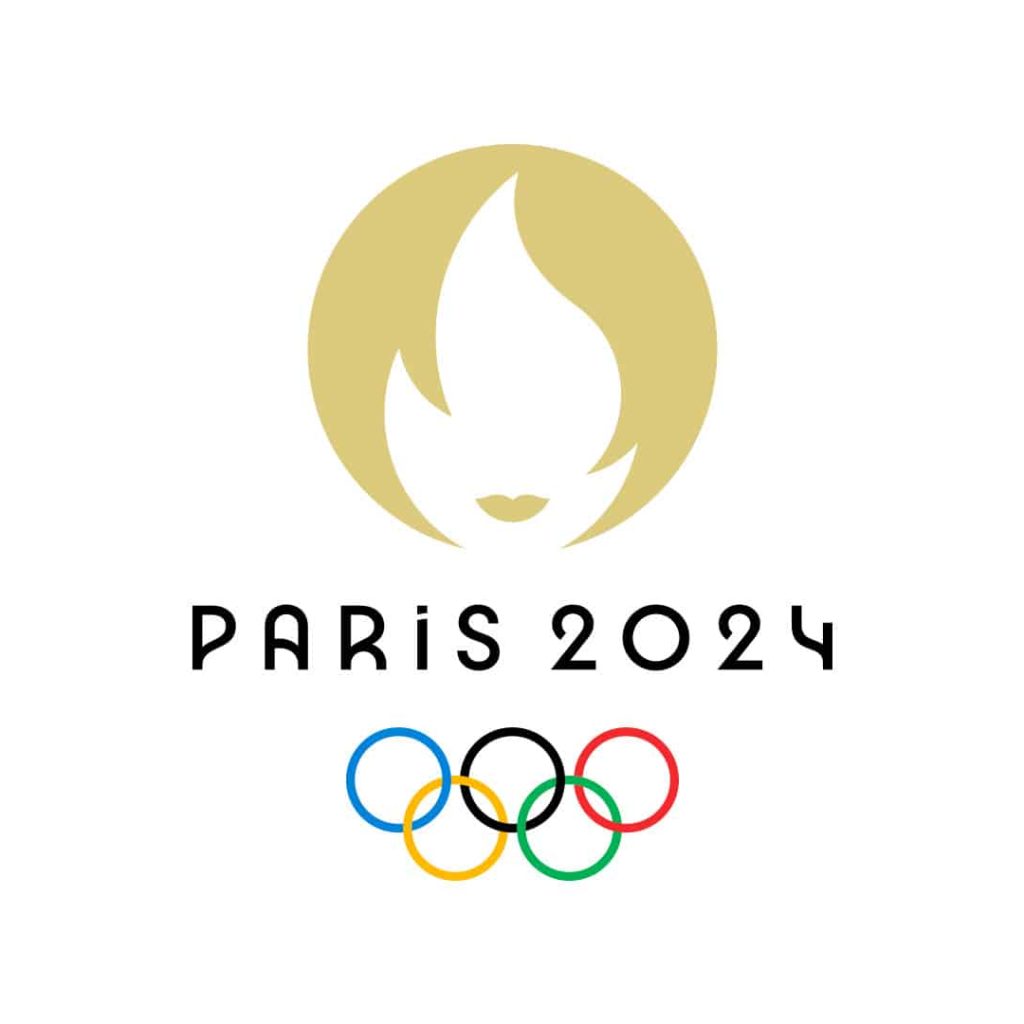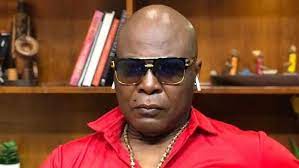Edson Arantes do Nascimento, popularly known as Pele, a Brazilian football hero, died at the age of 82 in Sao Paulo.
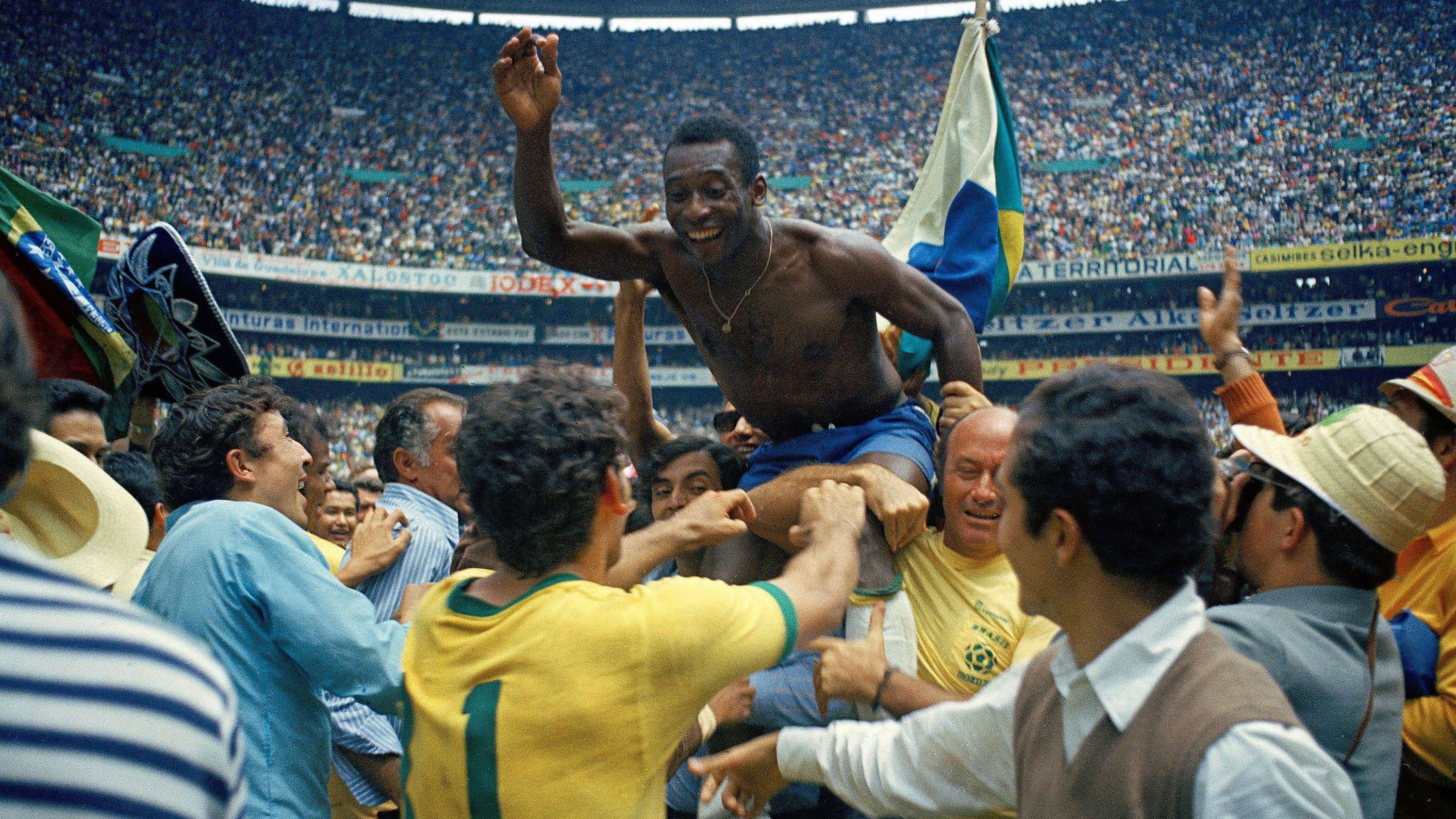
Pele died at the Albert Einstein Hospital in Rio de Janeiro after a long period of illness and a fight with colon cancer.

In September 2021, the football legend had a tumour removed from his colon and has been attending the hospital on a regular basis. When he was readmitted for therapy in November, new concerns about his health arose.
There were reports that Pele had been transferred to palliative care since chemotherapy was no longer having the desired impact. The worst came to pass on December 29, 2022 at 3:27pm (18:27 GMT) on Thursday when Pele’s passing was announced and one of sports’ most recognisable stars was mourned.
READ ALSO: Brazilian Soccer Legend Pele Passes Away At The Age Of 82
Pele established himself as one of the greatest footballers of all time, if not the greatest, thanks to his three World Cup victories. His passing signals the end of a magnificent life and career that saw him rise from a humble upbringing to become the first international football superstar. Here, we take a look back at a true sporting legend’s life and career.
Pele was born on October 23, 1940, in Tres Coracoes, Minas Gerais, but he spent his early years in the impoverished village of Bauru, which is around 330 kilometres and four hours from Sao Paulo.
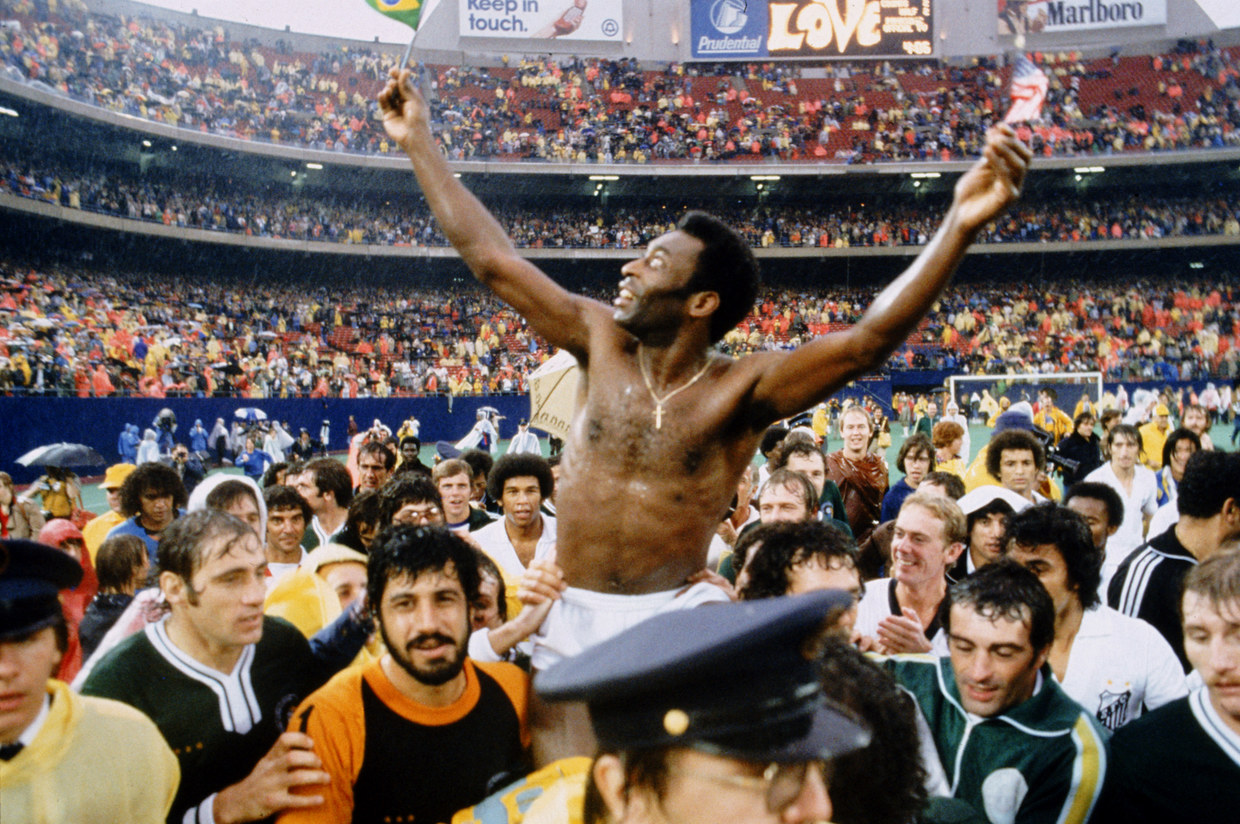
He received the moniker “Dico” from his family, which includes former Fluminense football player Dondinho and his wife Celeste Arantes. However, he became known as Pele because of the way he mispronounced the name of his favourite player, goalie Bile of Vasco da Gama.
Young Pele supported his family by working extra shifts at tea cafes, but he was unable to buy a proper football. Instead, he worked on his technique by playing with a sock that had been filled with newspaper and knotted with string.
He played for a number of amateur clubs before coaching the junior squad at Bauru Athletic Club to two Sao Paulo state youth championship victories.
As a 15-year-old practising futsal with grownups, Pele developed his confidence. Pele was given a trial by Santos in 1956, and his former coach at Bauru, Waldemar de Brito, informed the club’s directors that Pele would be “the greatest football player in the world.”
Pele made a strong enough impression to earn a professional contract in June of that year. On September 7, Santos defeated Corinthians de Santo André 7-1, and Pele scored on his debut. He was a starter by the start of the 1957 season and was predicted by the media to become a future superstar.
Brazilian national team call-up and first World Cup triumph
Pele was called up to the Brazil national team barely 10 months after becoming a professional and was the league’s leading scorer that year. He made his Selecao debut against Argentina at the age of 16 in a 2-1 loss at the Maracana in Rio de Janeiro, and he still holds the record for being the team’s youngest debutant.
With his easy transition from a goalscoring striker to a deeper-lying playmaker who produced assists with his exceptional vision and precise passing, Pele stood out as the complete forward. He had a variety of skills and the ability to dribble flawlessly. He also had a strong mental fortitude and was unmoved by the opposition’s continual kicking.
Despite having a knee ailment, Pele’s performances for Santos led to his selection for the 1958 World Cup in Sweden. Pele became the youngest player ever at the World Cup at the time after he recovered and his teammates insisted Vicente Feola select him. Pele made an immediate effect by helping Vava score the second goal in the third match of the first round as Brazil defeated the USSR 2-0 on his debut.
Pele’s first of eight goals throughout his World Cup career was scored against Wales in the quarterfinal, giving Brazil a 1-0 victory. Pele scored a remarkable second-half hat-trick in 23 minutes against France in the semifinals, with the score 2-1, and went on to score a brace in the final against hosts Sweden, defeating them 5-2.
Pele’s accomplishments helped a nation recover from a devastating loss to Uruguay in the 1950 World Cup final, and he quickly rose to fame in Brazil as a result. With the victory, he delivered on a promise he made to his father when he was nine years old, promising to exact revenge for the devastating loss at the Maracana.
READ ALSO: Stephan Bonnar, A UFC Legend, Died At The Age Of 45
Pele’s return home prompted Santos to turn down a proposal from Inter Milan to sign him, but doing so was a wise move as it helped the Sao Paulo state club into its most prosperous period. Santos won the Torenio Rio-Sao Paulo competition, which featured the top clubs from the nation’s two largest cities, as well as the Campeonato Paulista in 1958 and 1959.
Pele won the Brazilian national league in 1961, and 1962 ended up being one of his best years overall. Pele, who was regarded as the best player on earth when he travelled to Chile for the World Cup, began the competition against Mexico with a goal and an assist in a 2-0 victory.
Pele suffered an injury in the following game against Czechoslovakia that forced him to miss the rest of the competition, but he was still awarded a medal because Garrincha played a key part in Aymoré Moreira’s team as they defeated the Czechs to win the championship once more.
Back at Santos, Pele defeated Benfica in a two-legged match in Rio de Janeiro and Lisbon to win the Intercontinental Cup, the Campeonato Paulista, the Copa Libertadores, and the Brazilian national league.
In the storied competition that matched the champions of Europe and South America against one another, Pele’s hat-trick in the Portuguese capital as Santos won 5-2 in the second leg is recognised as the finest individual performance by football aficionados. After the 1958 and 1962 World Cups, Real Madrid, Manchester United, and Juventus were among the other European powerhouses that made attempts to recruit Pele but were unsuccessful.
Brazil’s Pele and the 1966 World Cup in England, which the hosts won, will always be remembered. When he led Mexico to a third championship four years later, though, he was reportedly under pressure from the military administration in control at the time to join the international scene and add another star to the legendary list.
Pele left Santos in 1974 having won 10 Campeonato Paulistas, two Copa Libertadores, two international cups, and six national championships before retiring from the Brazil national team in 1971. He joined the New York Cosmos in 1975, and together with the legendary Franz Beckenbauer of Germany, they won the Soccer Bowl in 1977.


